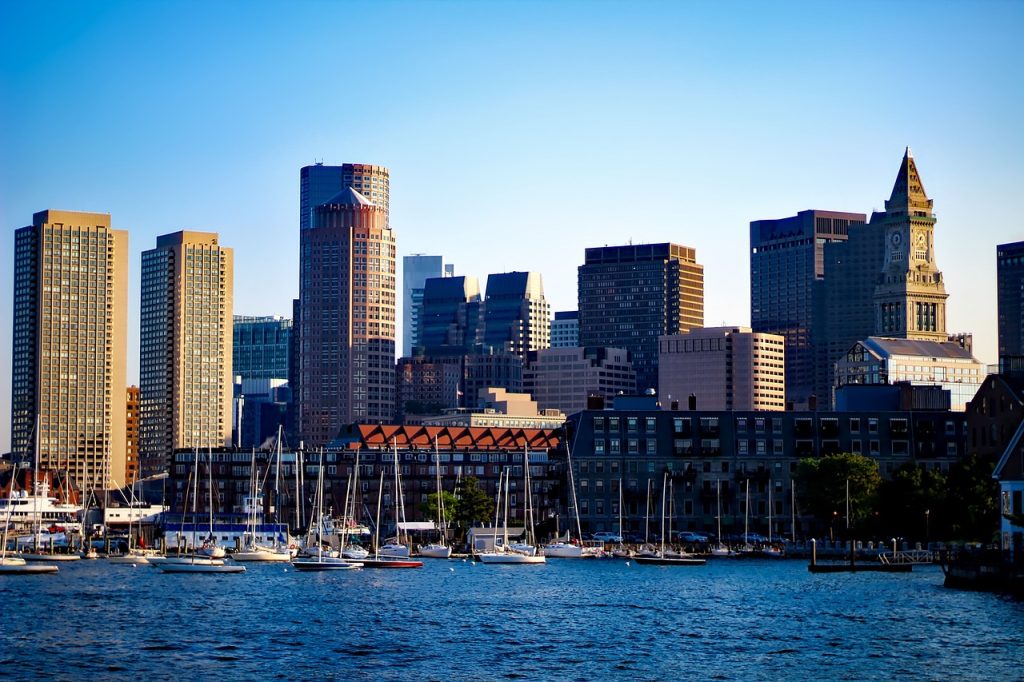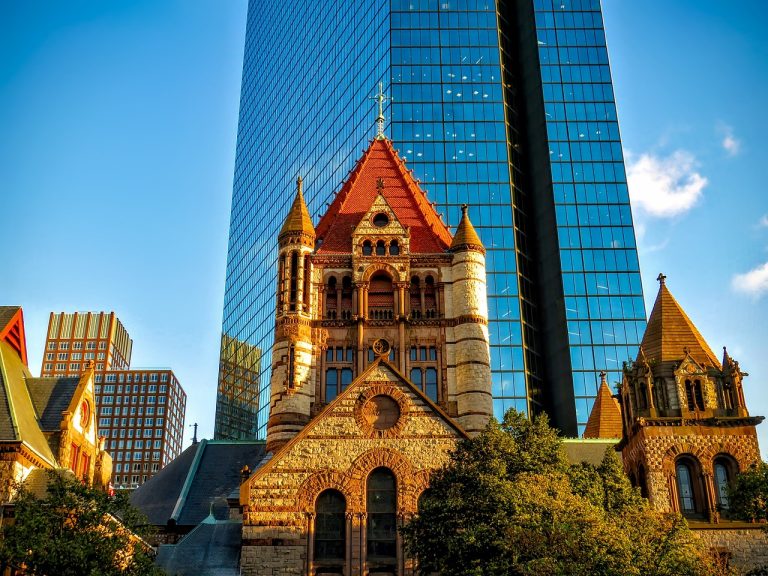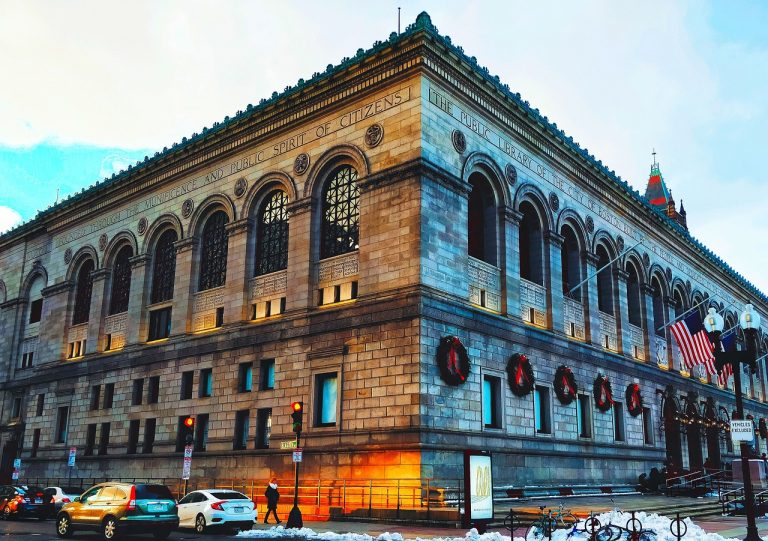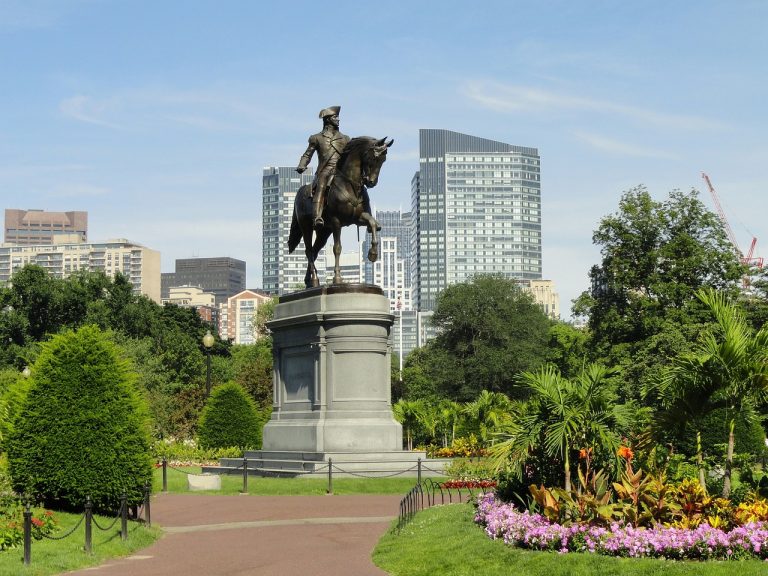Boston Massachusetts Video
Public Transportation in Boston Massachusetts: A Complete Guide
Public transportation in Boston, Massachusetts, is an efficient and convenient way to explore the city and its surrounding areas. With a robust network of buses, subways, and commuter trains, navigating Boston without a car is not only possible but also preferable in many cases. This comprehensive guide will provide you with all the information you need to make the most of the public transportation system in Boston.
Getting Around with the Massachusetts Bay Transportation Authority (MBTA)
The Massachusetts Bay Transportation Authority (MBTA), also known as the “T,” is the primary public transportation agency in the Greater Boston area. It operates a comprehensive network of subway lines, buses, and commuter rail services.
- Subway (T): The subway system is the backbone of Boston’s public transportation network. It consists of four rapid transit lines: Red Line, Orange Line, Blue Line, and Green Line. Each line serves different parts of the city and provides easy access to major attractions, universities, and neighborhoods.
- Buses: The MBTA operates an extensive bus network that covers the entire Greater Boston area. Buses are a convenient option for reaching destinations not served by the subway. They operate on various routes, including express routes for faster travel between distant locations.
- Commuter Rail: The commuter rail system connects Boston with its suburbs and other cities in Massachusetts. It is an excellent option for day trips or commuting to and from suburban areas. The commuter rail operates multiple lines, and schedules vary depending on the destination.
- Fares and Payment: The MBTA utilizes a contactless fare payment system called the CharlieCard. Passengers can load value onto their CharlieCard or purchase single-ride tickets at subway stations. The fares vary based on the mode of transportation, distance traveled, and time of day. Discounted fares are available for students, seniors, and individuals with disabilities.
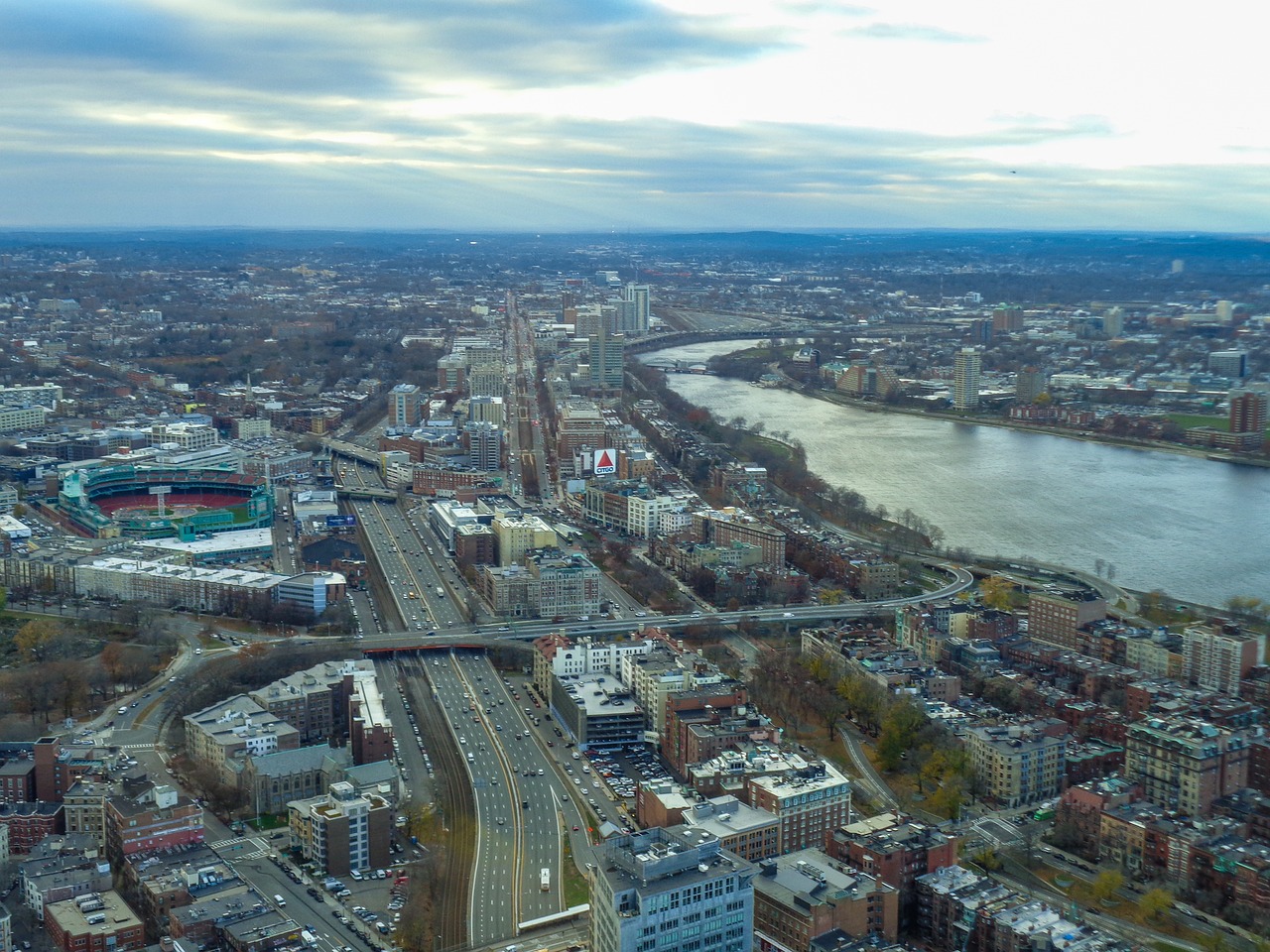
Exploring Boston on the Subway
The subway system in Boston is a convenient and efficient way to explore the city’s major attractions and neighborhoods. Here are some key points to keep in mind when using the subway:
- Red Line: The Red Line connects Cambridge, Harvard Square, MIT, and downtown Boston. It is a popular choice for traveling between these areas and is especially convenient for visiting Harvard University and the Massachusetts Institute of Technology.
- Orange Line: The Orange Line runs from Forest Hills in Jamaica Plain to Oak Grove in Malden. It provides access to popular destinations such as North Station, TD Garden, and the New England Aquarium.
- Blue Line: The Blue Line connects downtown Boston with East Boston and Revere. It is a great option for visiting Logan International Airport, as well as attractions like the Boston Harbor Islands and the historic neighborhood of Charlestown.
- Green Line: The Green Line is divided into four branches: B, C, D, and E. Each branch serves different parts of the city. The Green Line is known for its above-ground sections, providing scenic views of Boston’s neighborhoods. It is a popular choice for reaching Fenway Park, Boston University, and the Museum of Fine Arts.
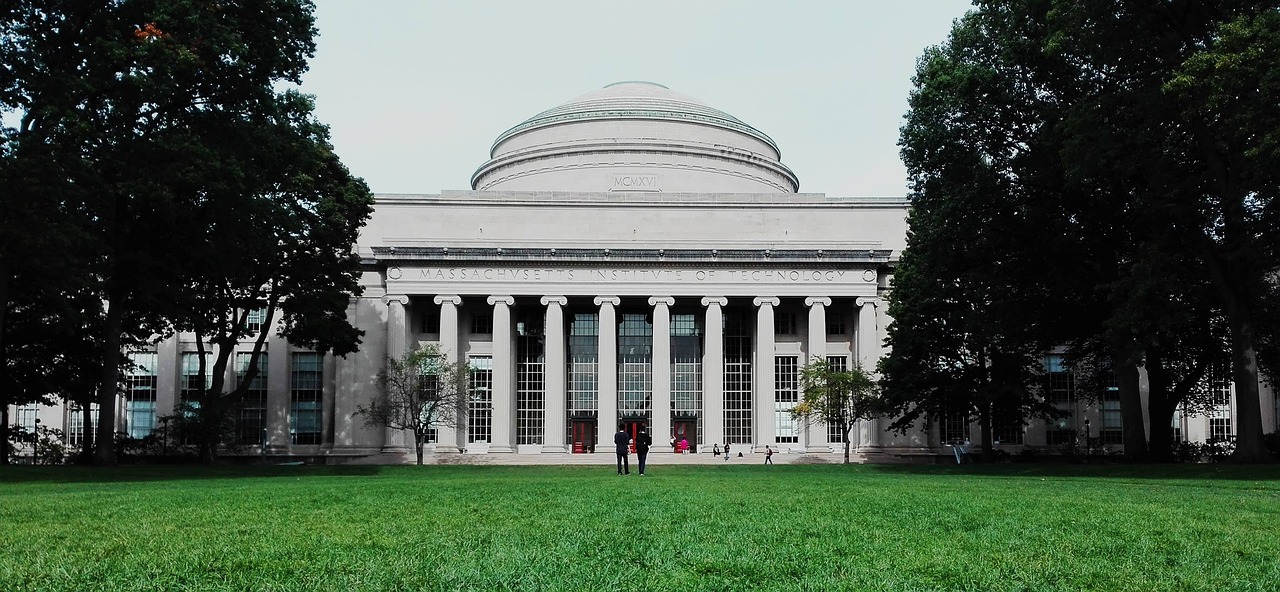
Getting Around Boston by Bus
Boston’s bus network complements the subway system and provides access to areas not served by trains. Here are some essential aspects to consider when using buses:
- Routes: The MBTA operates numerous bus routes throughout Greater Boston. Each route has a designated number and serves specific neighborhoods and destinations. The bus schedule and frequency vary depending on the time of day, with more frequent service during peak hours.
- Real-Time Tracking: The MBTA offers real-time bus tracking through its website and mobile app. This feature allows passengers to check the arrival times of buses at their specific stop, minimizing wait times and improving travel planning.
- Bus Stops: Bus stops are typically marked with a sign indicating the route number and the direction of travel. Passengers should wait at the designated bus stop and signal the driver to board. Some bus stops have shelters, benches, and electronic signage displaying real-time bus arrival information.
- Accessibility: The MBTA is committed to providing accessible transportation for all passengers. Buses are equipped with ramps or lifts to accommodate individuals with mobility challenges, and priority seating is available for seniors and individuals with disabilities.
Exploring Beyond Boston with Commuter Rail
The commuter rail system offers an excellent opportunity to explore destinations outside of Boston. Here are some key points to know about using the commuter rail:
- Schedules: The commuter rail operates on a fixed schedule, with trains departing at specific times throughout the day. It is essential to check the schedule in advance to plan your trip accordingly.
- Tickets: Commuter rail tickets can be purchased at the station ticket machines or through the MBTA mobile app. The fares vary based on the distance traveled and the type of ticket purchased (single ride, round trip, or monthly pass).
- Destinations: The commuter rail connects Boston with various suburbs and cities in Massachusetts, including Salem, Lowell, Worcester, and Newburyport. Each destination offers unique attractions and experiences, making the commuter rail an excellent choice for day trips or exploring beyond Boston.
- Accessibility: The commuter rail strives to provide accessible services for all passengers. Stations are equipped with ramps or elevators, and trains have designated areas for passengers with disabilities.

Conclusion
Boston’s public transportation system offers a convenient and efficient way to navigate the city and its surroundings. The Massachusetts Bay Transportation Authority (MBTA) operates an extensive network of subways, buses, and commuter rail services, providing access to major attractions, universities, and neighborhoods. Whether you’re exploring Boston on the subway, taking a bus to reach specific destinations, or embarking on a day trip via the commuter rail, public transportation offers a stress-free and eco-friendly alternative to driving.
References
– MBTA Official Website: mbta.com
– Massachusetts Bay Commuter Railroad: mbcr.net
– Boston Central: bostoncentral.com

